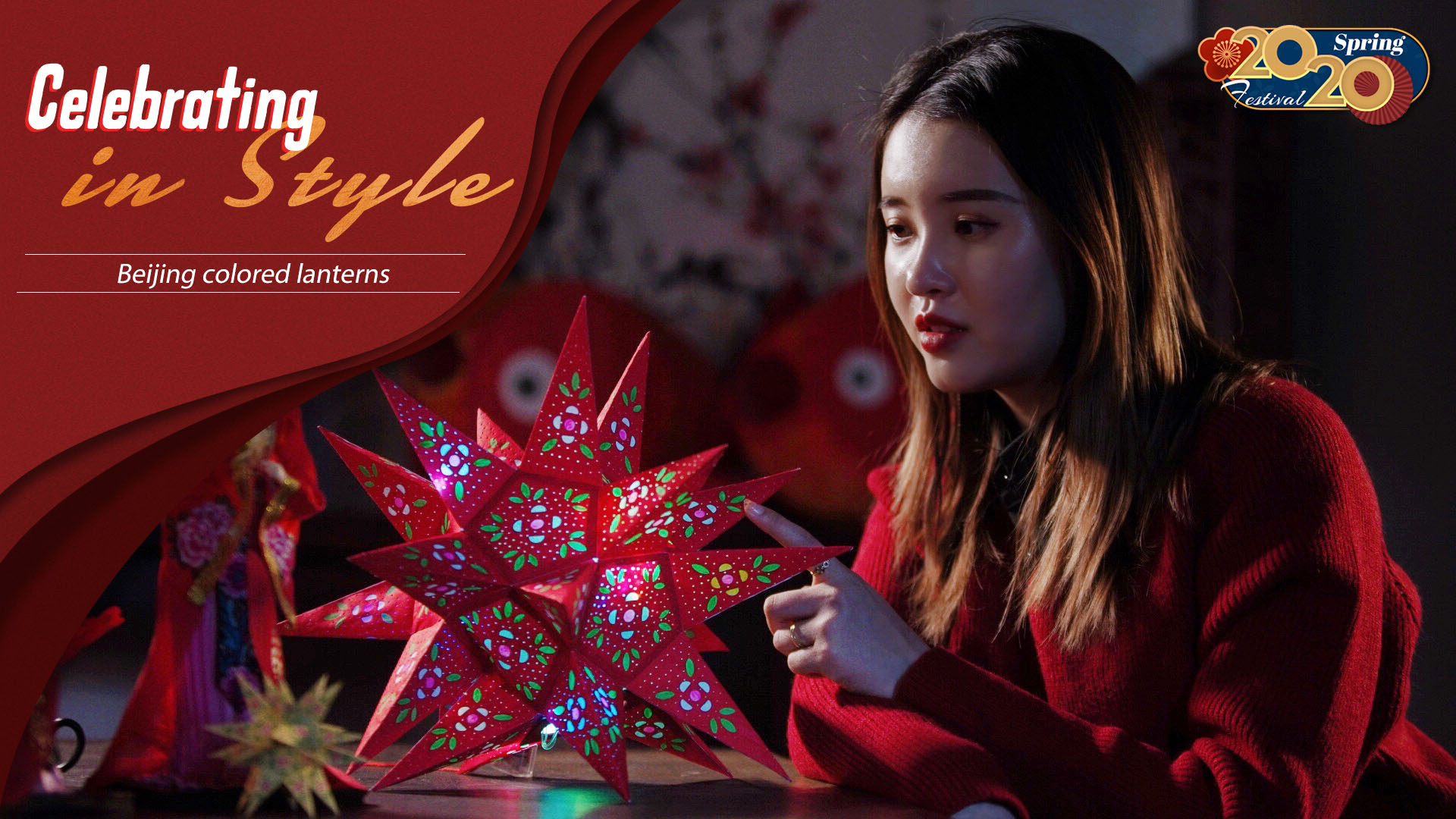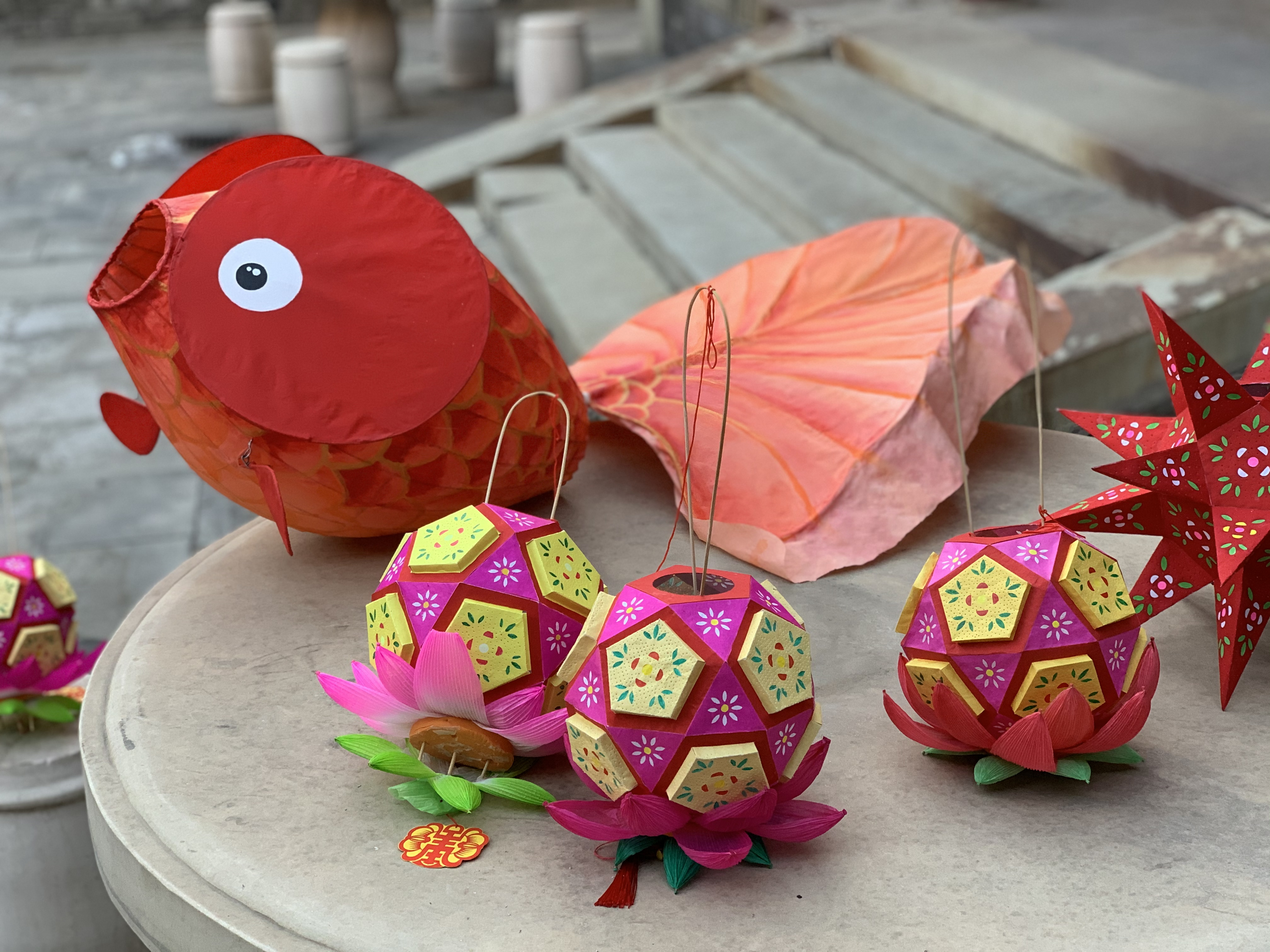04:36

The Lantern Festival brings the traditional Chinese Spring Festival to a full circle.
As an old saying goes: "The snow will fall on lanterns on the 15th day of the 1st lunar month." This is why families across the countries hang colored lanterns to add to the festive atmosphere.
Hanging colored lanterns is a must-do in old Beijing's culture. After traveling to Hebei, I am finally back in my home city, Beijing, to meet Ma Haijie, Chaoyang district's representative inheritor of colored lanterns.
The petals are vivid and bright, and the lotus lantern made by Ma shines warm in the night. To learn such a delicate handicraft, Ma said I should first become an "apprentice" of the paper pattern, the "master." This craft has been passed down from older generations, and each lantern has a corresponding paper pattern.
"For us lantern makers, we call these patterns 'master.' This pattern is what veteran craftsmen pass down," he said.
Every pattern on the colored lantern is designed with a moral behind it.
This beautiful and auspicious decoration is a kind of folk craft and its raw materials are not only cheap, but also very easy to find.
"These sorghum stalks and bamboo sticks are used to build lantern frames, and this paper is used to create the lantern body," Ma explained.

Colored lanterns made by Ma Haijie and his students. /CGTN
Colored lanterns made by Ma Haijie and his students. /CGTN
Making colored lanterns may not cost much money, but it takes a lot of time. Traditional folk lanterns follow a complex production process, and many are made at the same time.
To make a regular lantern takes at least half a day, and sometimes even a week for an experienced craftsman as Ma.
To make sure the light comes out evenly, craftsmen have to prick thousands of holes in each lantern with a needle.
"You can't turn on the electric fan to work with this kind of paper. It will blow the paper everywhere. I'll make lanterns shirtless on hot days," Ma recalled.
Respecting the tradition while continuing to innovate is Ma's teaching philosophy. There is no end to learning, which is what Ma requires of himself and his students.
Many of Ma's students can now make beautiful lanterns on their own, which bring peace and hope for the New Year in the cold winter night.
Reporter: Li Yimei
Scriptwriters: Yang Meng
Editor: Yang Meng
Cover image designer: Sa Ren
Executive producers: Zhang Xiaohe, Ai Yan
Producer: Si Nan
Supervisor: Pang Xinhua